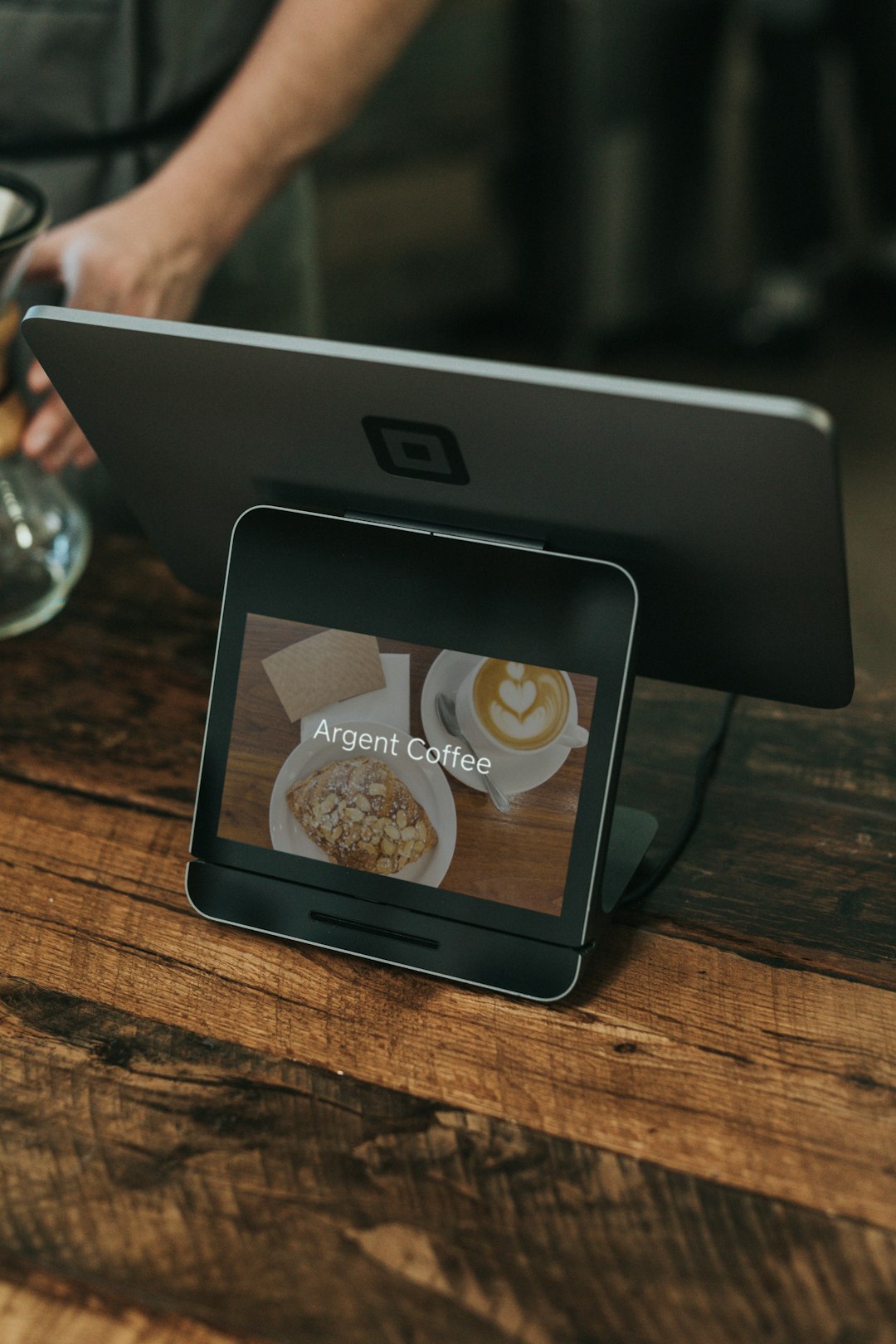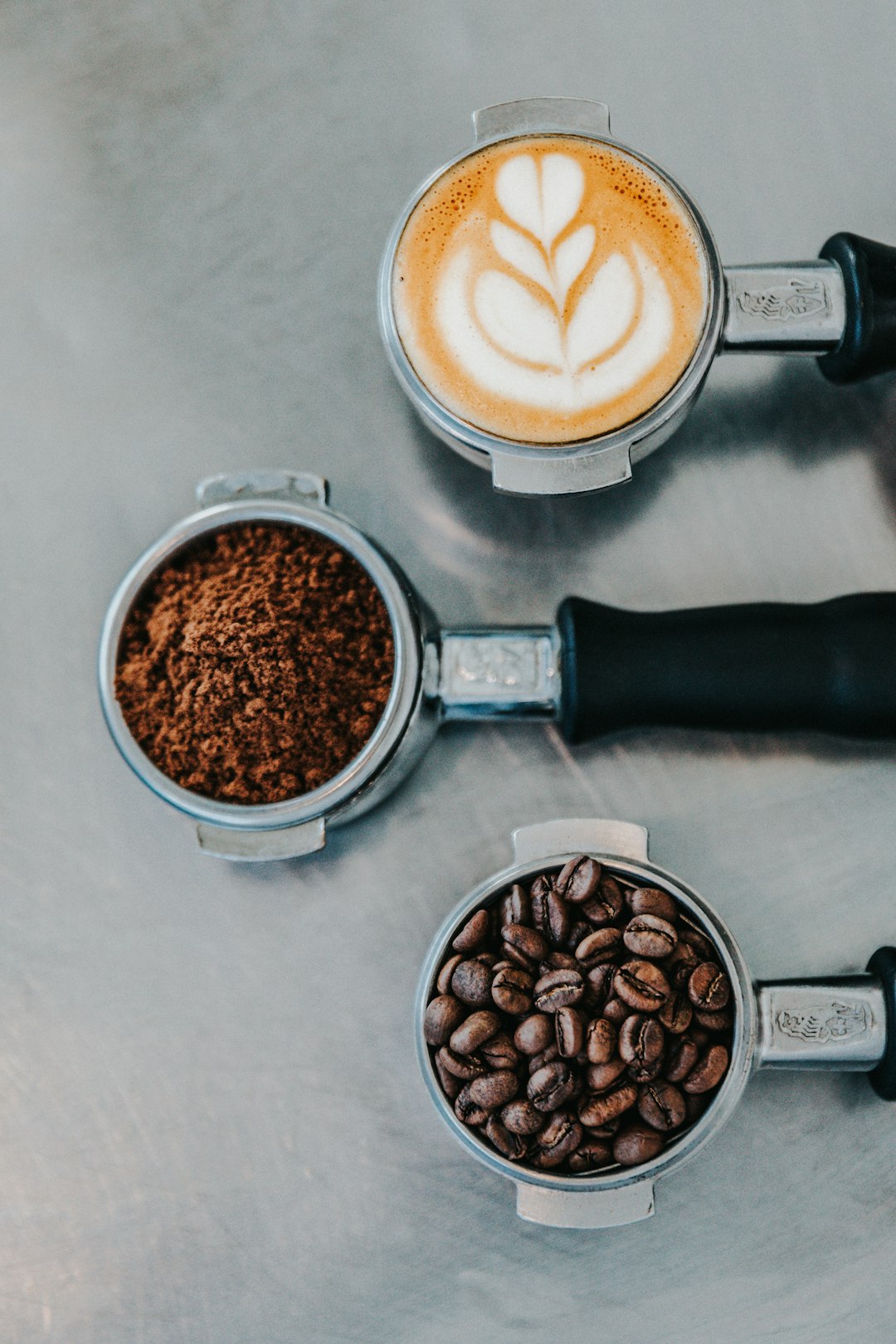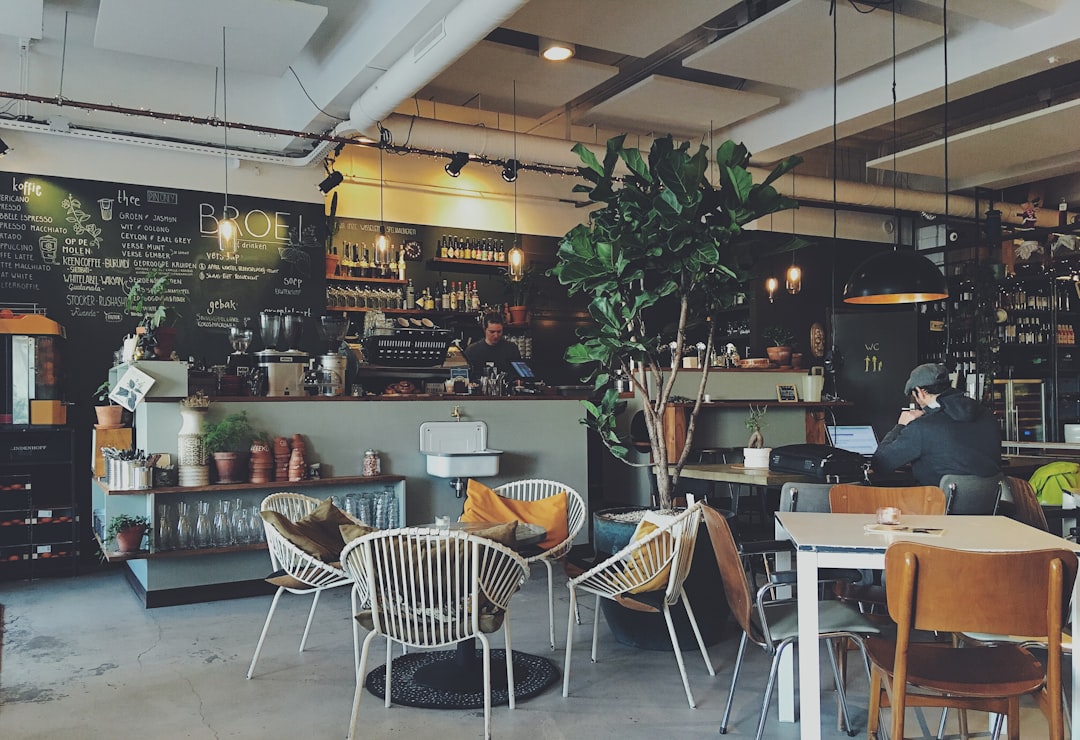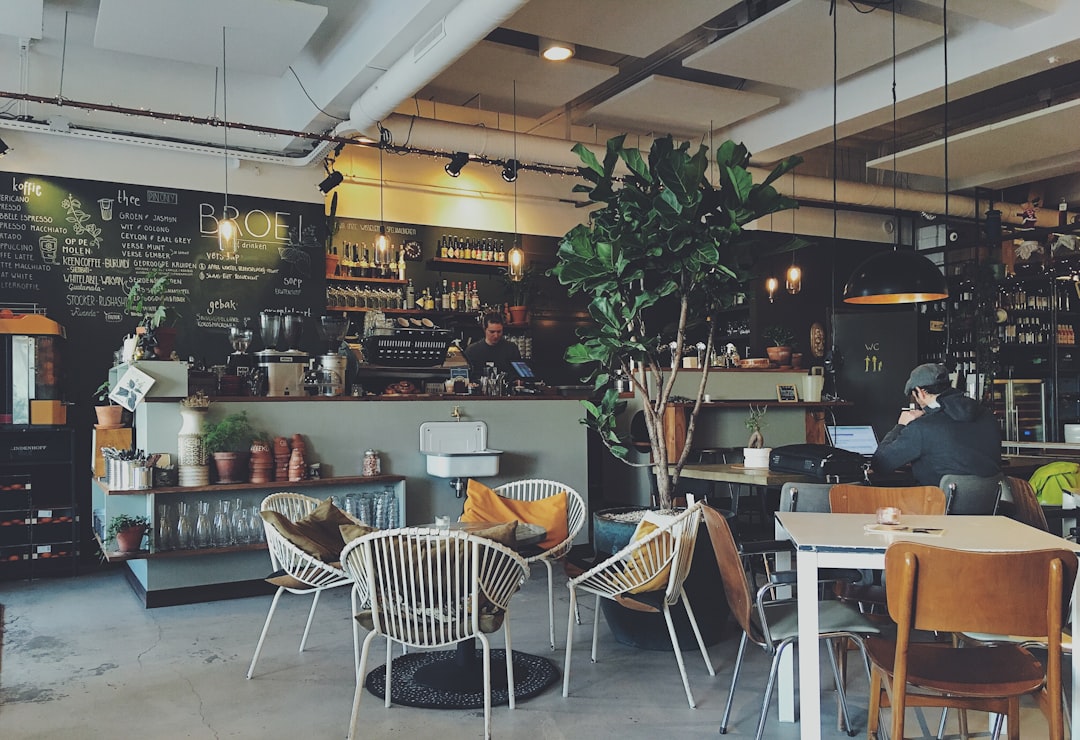Cafe pricing isn't just about costs; it's a complex interplay of location, ambiance, overhead expenses, and competition. To make informed decisions, compare local cafe rates for similar items and analyze Cost of Goods Sold (COGS). Understanding customer perception involves assessing the entire experience, from food to brand story, aligning it with competitive pricing for repeat business. Balancing expectations with profitability requires market research, dynamic pricing, bundle deals, and loyalty programs.
In the competitive world of cafes, understanding pricing strategies is key to success. This comprehensive guide explores the art of cafe pricing and value assessment. From deciphering pricing factors that influence costs to analyzing customer perceptions, we provide insights on how to set prices that are both competitive and profitable. By comparing local competitors and evaluating the Cost of Goods Sold (COGS), cafes can optimize their strategies, ensuring they offer exceptional value that attracts and retains customers.
- Understanding Cafe Pricing Factors
- Comparing Local Competitors
- Analyzing Cost of Goods Sold (COGS)
- Assessing Customer Perception of Value
- Setting Competitive and Profitable Prices
Understanding Cafe Pricing Factors

In the realm of cafes, pricing isn’t merely a number on a menu; it’s a reflection of various intricate factors that contribute to the overall value proposition. When assessing cafe pricing, one must consider the cost of goods sold (COGS), which includes ingredients for beverages and food items, as well as overhead expenses such as rent, utilities, staff wages, and maintenance. The location of the cafe plays a pivotal role too; urban centers often command higher prices due to elevated operational costs compared to suburban or rural areas.
Additionally, the ambiance and unique selling points of a cafe can significantly impact pricing. A cozy, aesthetically pleasing space with excellent customer service might justify premium prices. Conversely, a more casual setting may offer competitive rates without compromising on quality. Understanding these factors empowers patrons to make informed decisions, ensuring they receive fair value for their money when indulging in their favorite beverages or bites at a local cafe.
Comparing Local Competitors

When assessing a cafe’s pricing and value, comparing it to local competitors is an essential step. This involves researching other cafes in the area to understand market rates for similar items like coffee, tea, pastries, and light meals. By doing so, you gain insights into whether the prices at your go-to cafe are competitive or if they offer a unique value proposition that justifies their costs.
Focus on not only the price but also the quality and variety of offerings. Some cafes may charge slightly more for premium ingredients or specialty drinks, which could enhance the overall dining experience. Analyzing these factors allows you to make informed decisions about whether a cafe’s pricing aligns with its value, ensuring you get the best bang for your buck while enjoying a delightful cup of coffee or tea.
Analyzing Cost of Goods Sold (COGS)

In the competitive world of cafes, understanding Cost of Goods Sold (COGS) is key to pricing strategy and ensuring value for money. COGS refers to the direct costs associated with preparing and serving food and beverages, encompassing ingredients, packaging, and labor for these items. For cafe owners, meticulously tracking and analyzing COGS allows them to set prices that cover expenses while maintaining profitability. This involves studying the cost of each ingredient, calculating labor requirements per item, and factoring in waste or overage to arrive at an optimal selling price.
By closely examining COGS, cafes can make informed decisions about menu pricing. For instance, identifying high-margin items versus low-profit contributors enables owners to adjust their offerings accordingly. This strategic approach ensures that cafe prices reflect the actual value of goods sold, fostering a sustainable business model and providing customers with fair value for their money.
Assessing Customer Perception of Value

When assessing a cafe’s pricing and value, understanding customer perception of value is paramount. It goes beyond simply looking at costs; it involves gauging how patrons view the overall experience. This includes the quality and uniqueness of food and beverages, ambiance, service, and even the cafe’s brand story or sustainability practices. By aligning these factors with competitive prices, a cafe can foster a positive perception that encourages repeat business and positive word-of-mouth marketing.
Customer surveys, online reviews, and direct engagement can provide valuable insights into what patrons value most. This data allows cafes to make informed decisions about menu pricing, service standards, and promotional offers. For instance, if customers consistently praise the creative presentation of dishes but express concern over certain menu items being priced higher than expected, the cafe might consider re-evaluating its pricing strategy to better reflect the perceived value of unique offerings while maintaining profitability.
Setting Competitive and Profitable Prices

Setting competitive and profitable prices for a cafe involves balancing customer expectations with business needs. In a highly saturated market, it’s essential to understand your target audience and local competitors. Researching similar cafes in your area will give you insights into price points for various menu items, helping you position your pricing strategically. For example, offering slightly lower prices on certain items can attract price-conscious customers while maintaining profitability on higher-margin specialties.
Profit margins should be considered alongside pricing strategies. Implementing dynamic pricing, where menu prices fluctuate based on demand or seasonality, is a legitimate approach. During peak hours or for special events, cafes can charge premium prices, while offering discounts during quieter times to encourage business. Moreover, bundle deals or loyalty programs can enhance customer value perception and drive repeat visits, contributing to long-term profitability.
When setting cafe prices, it’s essential to strike a balance between competitiveness and profitability. By understanding pricing factors, comparing local competitors, analyzing COGS, and gauging customer perception of value, cafe owners can set prices that not only cover costs but also attract and satisfy customers. This strategic approach ensures the long-term success and sustainability of any cafe business.
